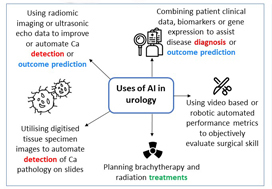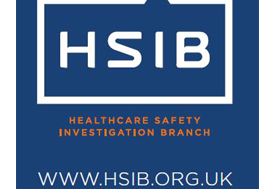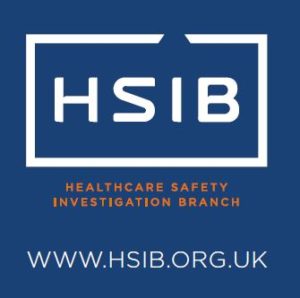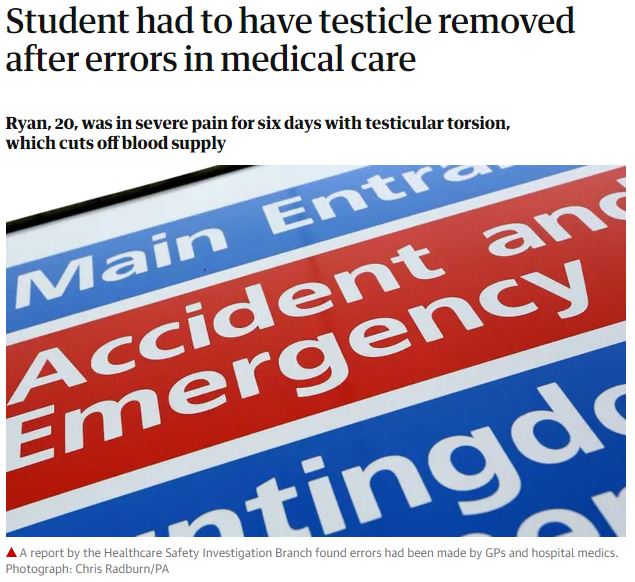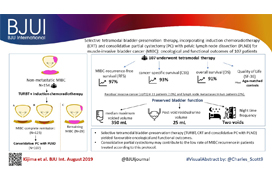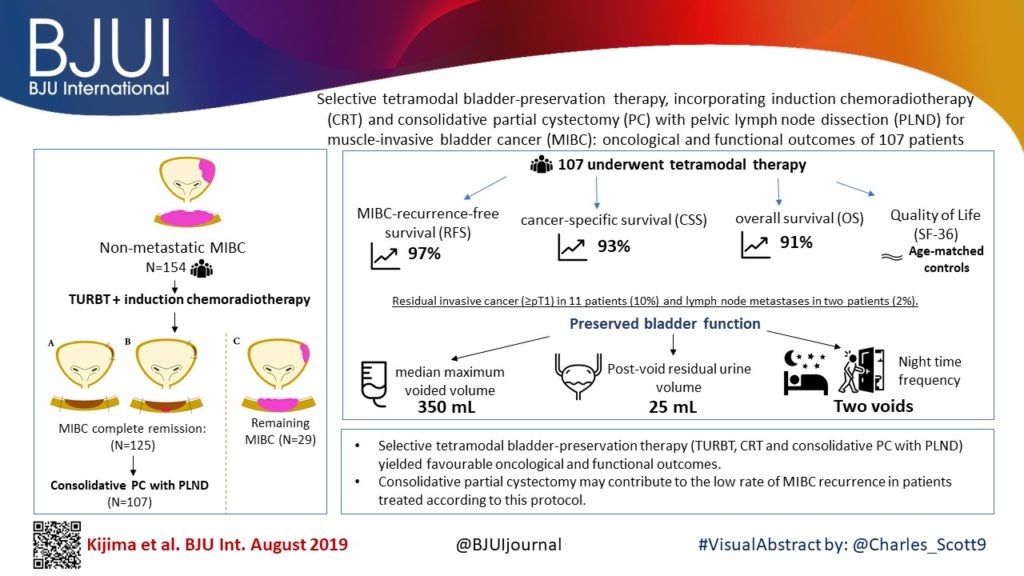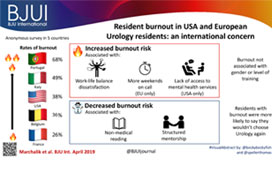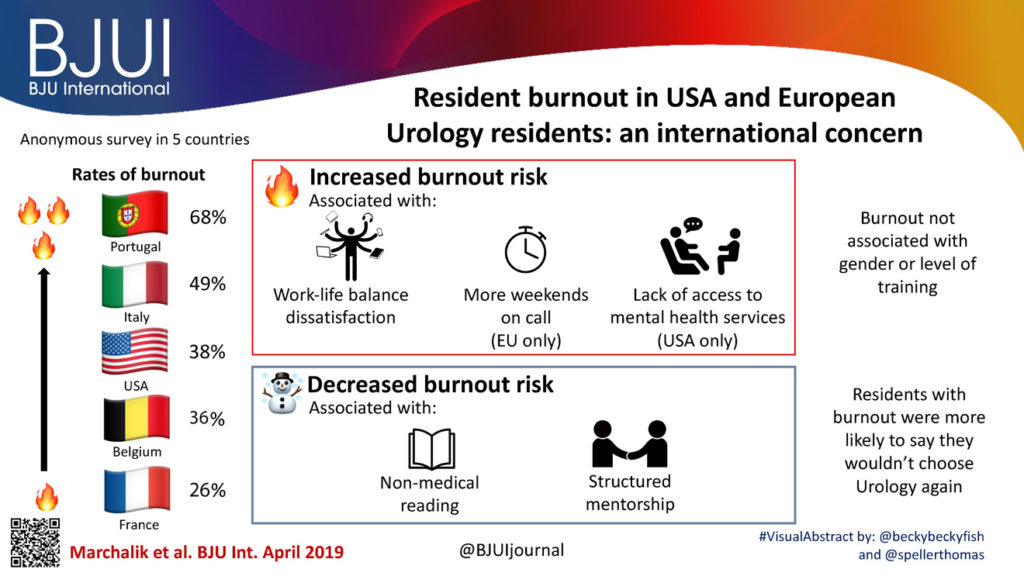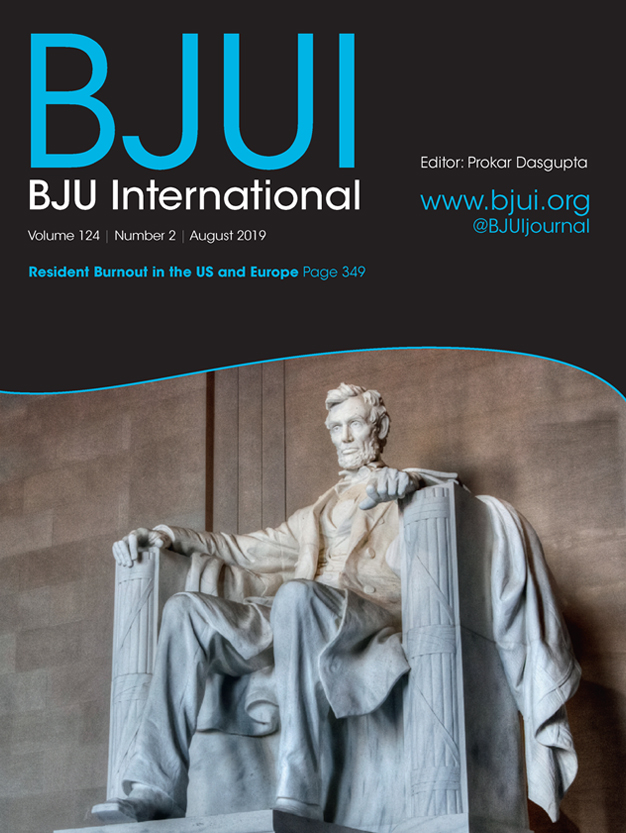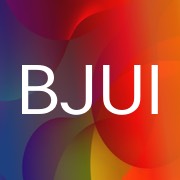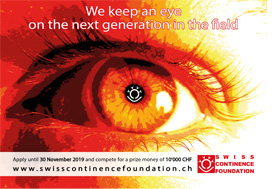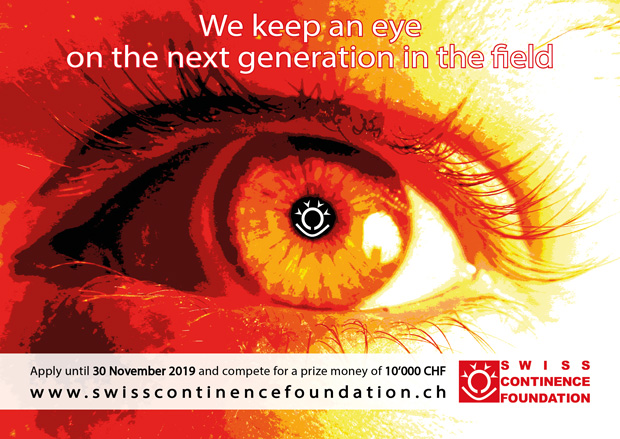Making real change where it is needed! The HSIB investigation into a case of testicular torsion
This week saw the first Health Service Investigation Branch (HSIB) investigation into a urological condition. The HSIB is the health services version of the Air Investigation Branch, which investigate air crashes, and the case that it was investigating was one of testicular loss from torsion.
The investigation followed the best principles of human factors theory and causal analysis. It was not looking to assign blame but instead to constructively implement better process and systems that do not relay solely on one individual, as humans are notoriously fallible. The outcome of any investigation is to make it easier for medical teams and administrators to perform well and to mitigate the risk of errors, in an inherently complex area such as medicine.
Only a small number of HSIB investigations have taken place so far so we are fortunate that a Urology case was chosen. The report concentrated on the community aspects of the testicular pain pathway, and the investigating team had fruitful meetings with NHS 111 that led to changes in the questions and prompts that were asked of callers with testicular pain who dialled in. The Royal College of GPs, as a result of the investigation, has convened a group to review the communication standards between practices running telephone services and emergency departments; and NICE has agreed to improve the on-line guidance on testicular torsion and scrotal pain to make it more accessible to clinicians, patients and their carers.
The fact that this came about after an investigation of a single case shows the power of this investigative process and the rigour with which it was carried out.
I would encourage others who may want to be involved with this type of work. I was lucky enough to be approached by the HSIB to be the subject matter expert (SME) on this case as I have a known interest in both Quality Improvement (QI) and Torsion. Anyone approached to help with investigations of this type should be reassured of the professionalism under which a case is undertaken: no individuals or organisations are named; no fingers are pointed but instead the HSIB are able to open a lot of doors and instigate change by negotiating agreements from departments and institutions that most clinicians involved in QI could only dream of getting.
Maybe we need a few more investigations of this type in Urology; retained stents spring immediately to mind as a strong candidate as the HSIB is also experienced in talking to industry. Wouldn’t retained stents be so much easier to avoid if each stent had an individualised barcode that could be scanned and tracked? The companies making stents could perhaps be encouraged to be more involved in making sure that they were easier to track across the whole of the UK (or the world) so patients wouldn’t have so many problems with stents in the future. Every component of a jet is tracked in a similar way so why shouldn’t we look for the same standard in Urology Healthcare!
by Tony Tien & James Green
Twitter: @greenxmedical
James S. A. Green is a Urological Surgeon, Network Lead for Urology at Barts Health NHS Trust, Quality Improvement Director at Whipps Cross University Hospital and visiting Professor in Health Services Research at Kings College, London. His interest in medical education and improvement started when developing medical support for the British Army and he has published extensively on team-working and improving clinical care. He was SME for the HSIB investigation into a case of delayed testicular torsion.
Mr Tony Tien MRCS is a clinical fellow in Urology at Whipps Cross Hospital and a champion for Quality Improvement.
September 2019 – About the cover
The Article of the Month for September was written by researchers from Brisbane, Queensland, Australia: Risk of metastatic disease on 68gallium‐prostate‐specific membrane antigen positron emission tomography/computed tomography scan for primary staging of 1253 men at the diagnosis of prostate cancer
The cover image shows Brisbane by night. The city is located on the Brisbane river, which is named after the Scotsman Sir Thomas Brisbane, a former governor of New South Wales. Brisbane became the capital of Queensland in 1859.
North of the city are the Glasshouse Mountains and South is the Gold Coast – there are also several islands which are just a short ferry ride away.
© istock.com/lovro77
Residents’ podcast: Resident burnout
Maria Uloko is a Urology Resident at the University of Minnesota Hospital. In this podcast she discusses the following BJUI Article of the month:
Resident burnout in USA and European urology residents: an international concern
Abstract
Objective
To describe the prevalence and predictors of burnout in USA and European urology residents, as although the rate of burnout in urologists is high and associated with severe negative sequelae, the extent and predictors of burnout in urology trainees remains poorly understood.
Subjects and methods
An anonymous 32‐question survey of urology trainees across the USA and four European countries, analysing personal, programme, and institutional factors, was conducted. Burnout was assessed using the validated abridged Maslach Burnout Inventory. Univariate analysis and multivariable logistic regression models assessed drivers of burnout in the two cohorts.
Results
Overall, 40% of participants met the criteria for burnout as follows: Portugal (68%), Italy (49%), USA (38%), Belgium (36%), and France (26%). Response rates were: USA, 20.9%; Italy, 45.2%; Portugal, 30.5%; France, 12.5%; and Belgium, 9.4%. Burnout was not associated with gender or level of training. In both cohorts, work–life balance (WLB) dissatisfaction was associated with increased burnout (odds ratio [OR] 4.5, P < 0.001), whilst non‐medical reading (OR 0.6, P = 0.001) and structured mentorship (OR 0.4, P = 0.002) were associated with decreased burnout risk. Lack of access to mental health services was associated with burnout in the USA only (OR 3.5, P = 0.006), whilst more weekends on‐call was associated with burnout in Europe only (OR 8.3, P = 0.033). In both cohorts, burned out residents were more likely to not choose a career in urology again (USA 54% vs 19%, P < 0.001; Europe 43% vs 25%, P = 0.047).
Conclusion
In this study of USA and European urology residents, we found high rates of burnout on both continents. Despite regional differences in the predictors of burnout, awareness of the unique institutional drivers may help inform directions of future interventions.
BJUI Podcasts now available on iTunes, subscribe here https://itunes.apple.com/gb/podcast/bju-international/id1309570262
August 2019 – About the cover
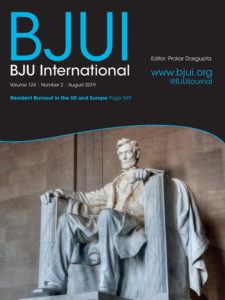
The Article of the Month for August is on work carried out by researchers at the Medstar Georgetown University Hospital, Washington DC, USA along with colleagues from Italy, France and Belgium: Resident burnout in USA and European urology residents: an international concern.
The cover image shows the Lincoln Memorial, which is located in the National Mall in Washington DC. It commemorates the 16th US President, Abraham Lincoln. Washington itself was named after the first US President, George Washington. It lies along the Potomac river and is surrounded by the states of Maryland and Virginia.
© istock.com/Stephen Emlund
BJUI Annual Awards
Trainees who have a paper accepted for publication in the BJU International Journal are eligible for one of the following three BJUI Journal Prizes, which are awarded annually, based on the authors’ geographical location when they conducted the research.
The BJUI Global prize
This is awarded to authors who are trainees based anywhere in the world other than the Americas and Europe. The prize is presented at the USANZ annual meeting. In 2019 the BJUI Global prize was presented to Dr Amila Siriwardana from St Vincent’s Prostate Cancer Centre in Sydney, Australia for his article: Initial multicentre experience of 68gallium‐PSMA PET/CT guided robot‐assisted salvage lymphadenectomy: acceptable safety profile but oncological benefit appears limited.
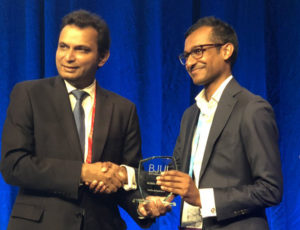
The Coffey-Krane prize
The Coffey-Krane prize is awarded to authors who are trainees based in The Americas and it is presented at the AUA annual conference, which was held this year in Chicago. There were two winners this year: Jeffrey J. Tosoian and Meera R. Chappidi from the Johns Hopkins University School of Medicine in Baltimore, USA for their work on: Prognostic utility of biopsy‐derived cell cycle progression score in patients with National Comprehensive Cancer Network low‐risk prostate cancer undergoing radical prostatectomy: implications for treatment guidance.
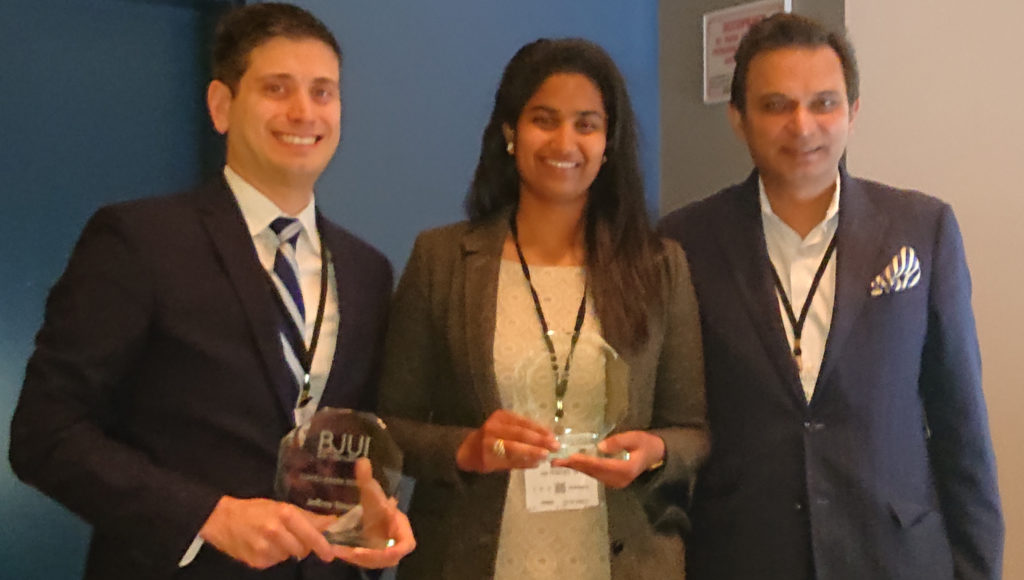
The John Blandy prize
The John Blandy prize is awarded to authors who are trainees based in Europe. The prize is presented at the BAUS annual conference and the winner gives a presentation. The 2019 award was given to Isabel Rauscher from the Technical University of Munich in Germany, who gave a talk at the conference in Glasgow in June. Her article is entitled: Value of 111In‐prostate‐specific membrane antigen (PSMA)‐radioguided surgery for salvage lymphadenectomy in recurrent prostate cancer: correlation with histopathology and clinical follow‐up.
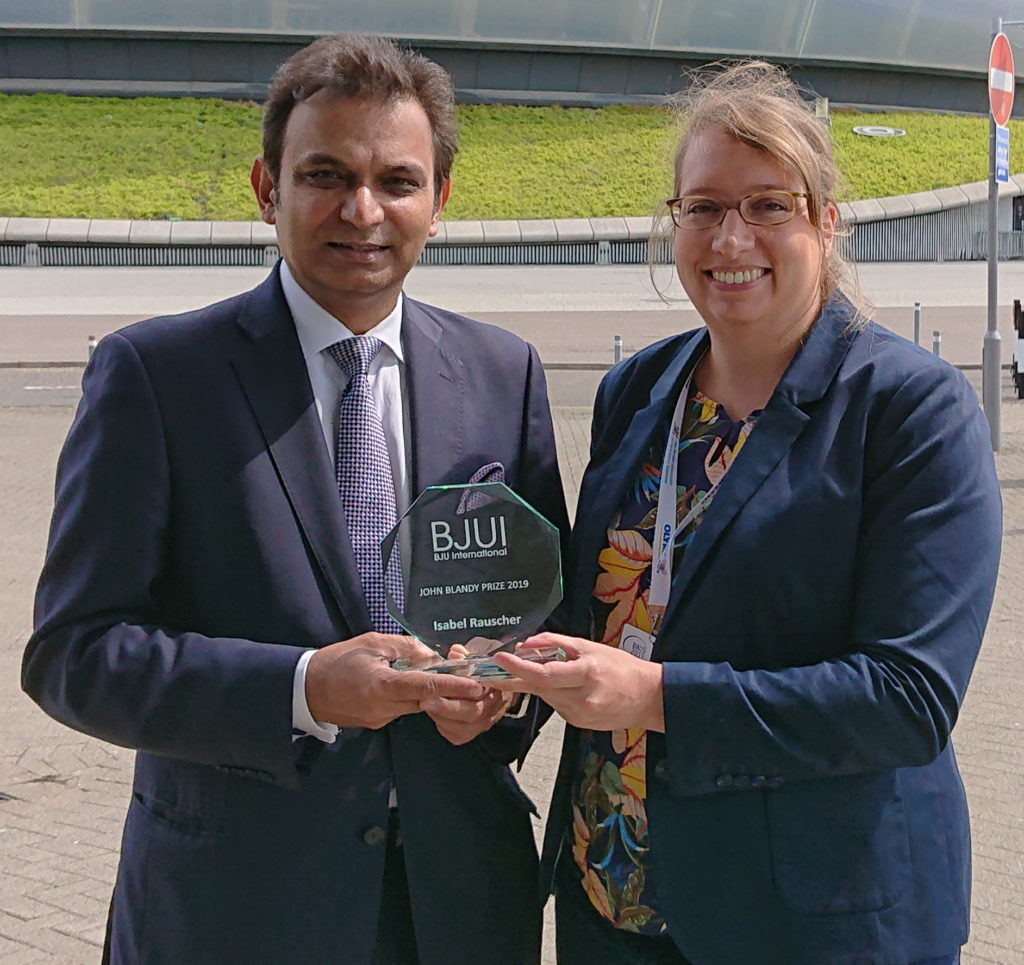
BJUI Vattikuti Foundation Robotics prize
This prize is a one-off prize awarded for the best robotics paper recently published in the BJU International Journal. The prize is sponsored by the Vattikuti Foundation and voted for by an independent panel. The research was carried out by a team from the Yonsei University College of Medicine in Seoul, South Korea on: Does robot‐assisted radical prostatectomy benefit patients with prostate cancer and bone oligometastases?
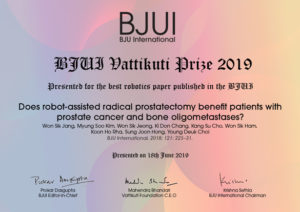
The Swiss Continence Foundation Neuro-Urology Award
We need outstanding young researchers and clinicians – they are the future! Therefore, we are excited to advertise the Swiss Continence Foundation Award which comes with a prize money of CHF 10’000.00 and will be awarded annually at the INUS Annual Congress to the best contribution of a young Neuro-Urology talent. For more details please check https://www.swisscontinencefoundation.ch/award/intro/detail.asp?IDinfo=79.

